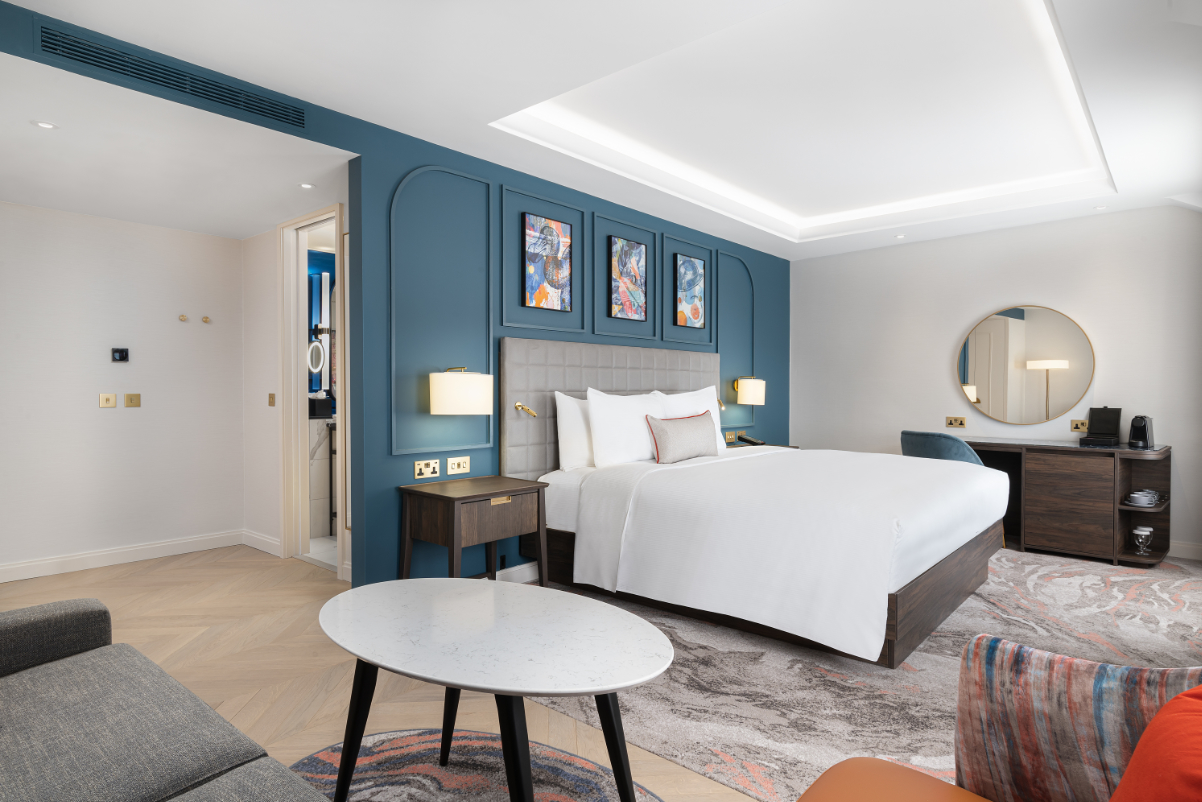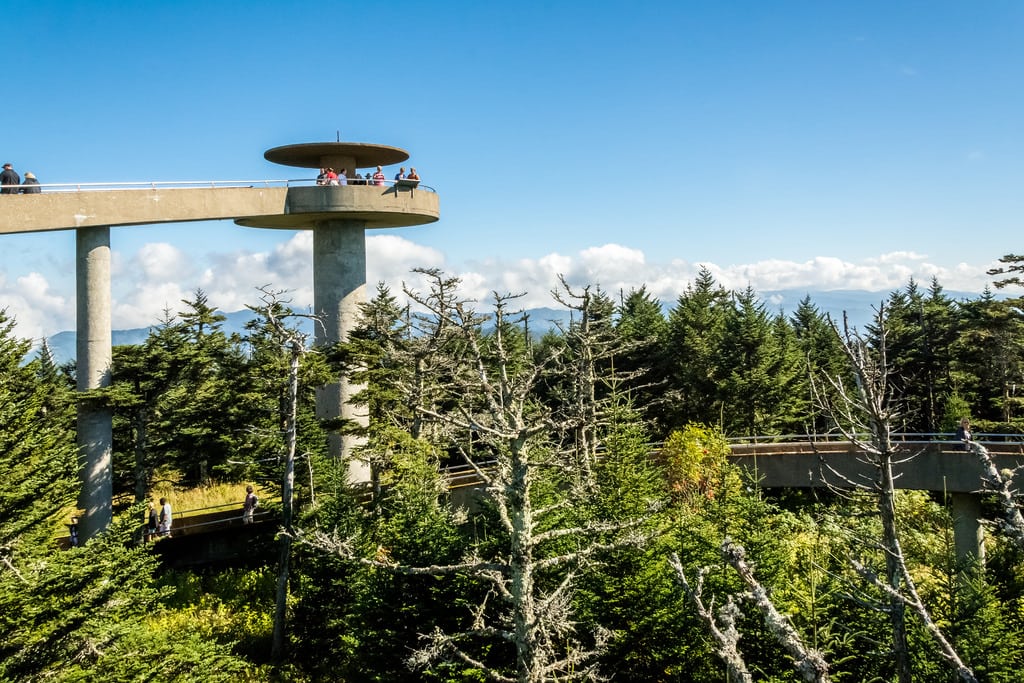Hilton Boasts Record Development Deals But Pipeline Faces Backlog

Skift Take
For Hilton Worldwide, one of the key long-term engines of growth would be returning to its pre-pandemic level of net unit growth — or essentially the pace at which it adds properties to its network. The timetable for that recovery was still unclear on Wednesday when the hotel giant reported its second quarter 2022 results.
Room growth was an important driver of the company's profitability, along with higher daily average rates. In the quarter, it generated a quarterly profit of $368 million attributable to stockholders off of $2.24 billion in revenue. The company reported that its systemwide revenue per available room, a key industry metric, was only 2.1 percent below the 2019 level on a currency-neutral basis.
Hilton said on Wednesday that it's on track to grow net units by about 5 percent this year. But that was below the 6 to 7 percent range the McLean, Virginia-based company had enjoyed before the pandemic. Yet the company was optimistic about its hotel development pipeline.
"One in five of all hotel rooms worldwide under construction is tied to a Hilton brand," said Christopher Nassetta, president and CEO, during a call with investors. "Our development market share is more than three times larger than our existing share, meaningfully higher than our peers, given our industry leading RevPAR [revenue per available room]."
In the quarter, Hilton opened 91 hotels worldwide and achieved net unit growth of 13,300 rooms. In the comparable quarter in 2019, the company opened 123 hotels totaling 17,100 rooms.
Record Hotel Development
The company has boosted the signing of hotel development deals.
But a backlog appears to be growing. As of June 30, Hilton's development pipeline was nearly 2,780 hotels representing more than 413,000 rooms, a record. Half are under construction. The 413,000 figure was higher than the roughly 373,000 rooms in its global development pipeline in June 2019.
Nassetta defended the company's performance, citing data from market research firm STR that Hilton's year-to-date net additions were higher than all of its major branded, U.S.-based competitors.
The apparent delays in the opening of properties since last year have explanations that include supply-chain and labor challenges. In the second half of the year, rising interest rates could increase capital constraints for hotel owners and developers.
Acquisitions aren't a likely tool for growth.
"Looking ahead, Hilton sees ample room to grow its organic portfolio of 18 brands, with what we sense is a limited-to-almost-zero appetite for brand M&A [mergers and acquisitions], given its organic opportunity and ability to fill in select white spaces and just better overall economics associated with organic growth," wrote Joseph Greff of JP Morgan Research in a recent report.
Business Travel Is Recovering
In the quarter, Hilton saw business travel bookings at about 95 percent of pre-pandemic levels. In June in the U.S., the company hit 2019 levels for business travel.
A newly launched marketing campaign that includes Paris Hilton as a brand spokesperson may further help the company later this year, it said.
The company has pretty good wind in its sails to navigate choppy economies in the U.S., Europe, and China. International travel will pick up. Small-and-medium-sized businesses have shown an appetite to travel, with their revenue contribution to Hilton being largely back to 2019 levels.
Leisure transient travelers have been contributing more revenue to Hilton lately than they did in 2019.
Group bookings are also recovering, and will come close to recovering to, but not likely actually hit, 2019 levels before the end of the year, Nassetta said.
Overall Hilton expects many of its rooms to be filled this year.
"Systemwide in the second half of the year we expect occupancy to be in the 90s [90 percent occupied or better]," Nassetta said — suggesting performance may be five points off of pre-pandemic levels but with rates likely being higher than in 2019.





